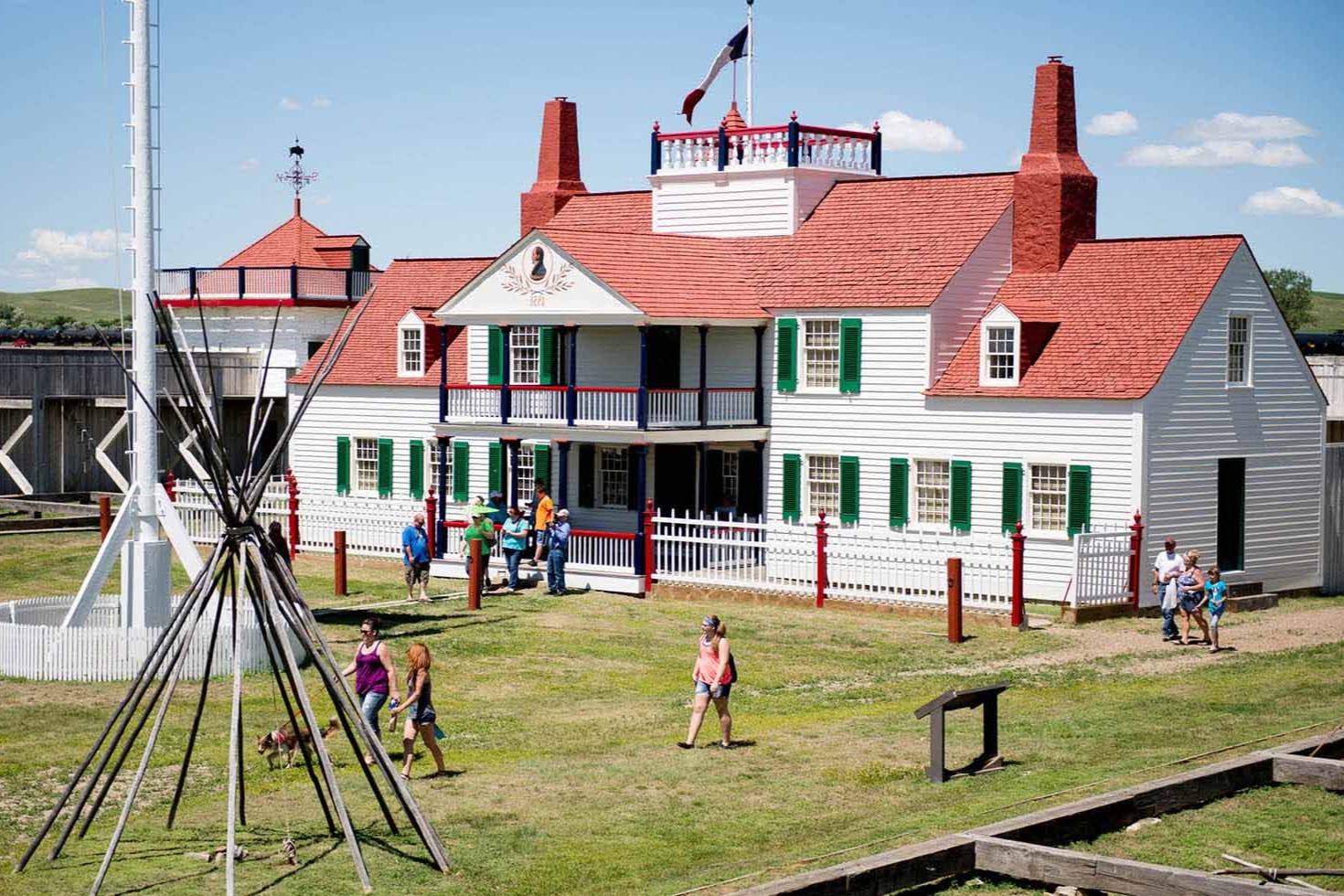Lost Trading Posts Of North Dakota’s Fort Union

Have you ever wondered about the lost trading posts of North Dakota's Fort Union? This historic site, once a bustling hub for fur trade, holds stories of adventure and commerce. Located near the confluence of the Missouri and Yellowstone Rivers, Fort Union was a meeting place for Native American tribes, traders, and explorers. Imagine the lively exchanges of goods, tales, and cultures that took place here. Today, remnants of these trading posts whisper tales of the past, inviting visitors to step back in time. As you wander through this historic area, you can almost hear the echoes of traders bartering for pelts and supplies. Fort Union's legacy lives on, offering a glimpse into a world where trade and exploration shaped the region's history. Whether you're a history buff or just curious, this site promises a fascinating journey into the past.
Discovering the Lost Trading Posts of North Dakota's Fort Union
Fort Union Trading Post, once a bustling hub of commerce and culture, now stands as a silent witness to history. Nestled along the Missouri River, this site was a vital part of the fur trade era. Let's journey through the remnants of these lost trading posts and uncover their stories.
1. Fort Union Trading Post
Fort Union itself was the crown jewel of the fur trade in the Upper Missouri region. Established in 1828, it served as a meeting point for trappers, traders, and Native American tribes. The fort was a melting pot of cultures, languages, and goods. Today, visitors can wander through reconstructed buildings and imagine the lively exchanges that once took place here.
2. Fort Buford
Just a short distance from Fort Union, Fort Buford played a crucial role in the Indian Wars. Established in 1866, it was a military post designed to protect settlers and traders. The fort witnessed the surrender of Sitting Bull in 1881, marking a significant moment in history. Now, the site offers a glimpse into the military life of the past with its preserved structures and artifacts.
3. Fort Berthold
Fort Berthold, located further upstream, was another key trading post in the region. It was established to facilitate trade with the Mandan, Hidatsa, and Arikara tribes. The fort became a center for cultural exchange and economic activity. Although the original structures are long gone, the area remains rich in history and offers insights into the interactions between different cultures.
4. Fort Clark
Fort Clark was a vital trading post along the Missouri River, known for its interactions with the Mandan and Arikara tribes. Established in 1830, it was a bustling center of trade and diplomacy. The fort's location made it a strategic point for traders and explorers. Today, the site is an archaeological treasure, revealing artifacts that tell the story of its vibrant past.
5. Fort Mandan
Fort Mandan, famously associated with the Lewis and Clark Expedition, was a winter encampment rather than a trading post. However, its significance in the history of exploration cannot be overlooked. Built in 1804, it served as a base for the explorers to interact with the local tribes and gather information for their journey westward. The reconstructed fort offers a glimpse into the challenges and triumphs of early explorers.
6. Fort Stevenson
Fort Stevenson, established in 1867, was a military post that also played a role in trade and settlement. It was strategically located to protect the region and support the growing number of settlers. The fort's history is intertwined with the development of the area, and its remnants provide a window into the past. Visitors can explore the site and learn about the fort's impact on the region.
7. Fort Rice
Fort Rice, built in 1864, was another military post that contributed to the protection of settlers and traders. It played a role in the Indian Wars and was a key point in the expansion of the frontier. The fort's location along the Missouri River made it a strategic site for military operations. Today, the site offers a glimpse into the challenges faced by soldiers and settlers during this tumultuous period.
8. Fort Abraham Lincoln
Fort Abraham Lincoln, established in 1872, is perhaps best known as the home of General George Custer before his ill-fated expedition to the Little Bighorn. The fort was a bustling military post and a center of activity in the region. Visitors can explore reconstructed buildings and learn about the fort's role in the history of the American West.
Reflecting on Fort Union's Legacy
Fort Union's trading posts in North Dakota hold a significant place in American history. They were bustling centers of commerce and cultural exchange during the 19th century. These posts connected Native American tribes with European settlers, fostering relationships that shaped the region's development. The fur trade was the lifeblood of these posts, drawing traders and adventurers from far and wide. Today, the remnants of Fort Union serve as a reminder of this vibrant past. Visitors can explore the reconstructed fort, gaining insight into the daily lives of those who lived and worked there. The stories of traders, trappers, and Native Americans echo through the site, offering a glimpse into a bygone era. Fort Union's legacy is a testament to the resilience and adaptability of those who navigated the challenges of the frontier, leaving an indelible mark on the history of North Dakota.

